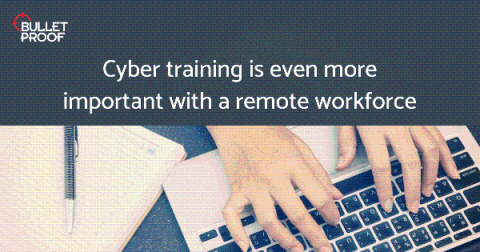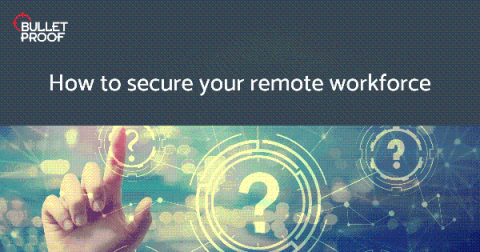Secure remote access explained
As the business world adjusts to the chaotic landscape of today’s economy, securing access from remote devices and endpoints has never been more critical. Equally critical is the requirement for organizations and their employees to practice good security hygiene. With the rising number of endpoints (laptops, servers, tablets, smartphones) requiring access to corporate networks, the range of attackable targets for malicious actors has broadened substantially.





